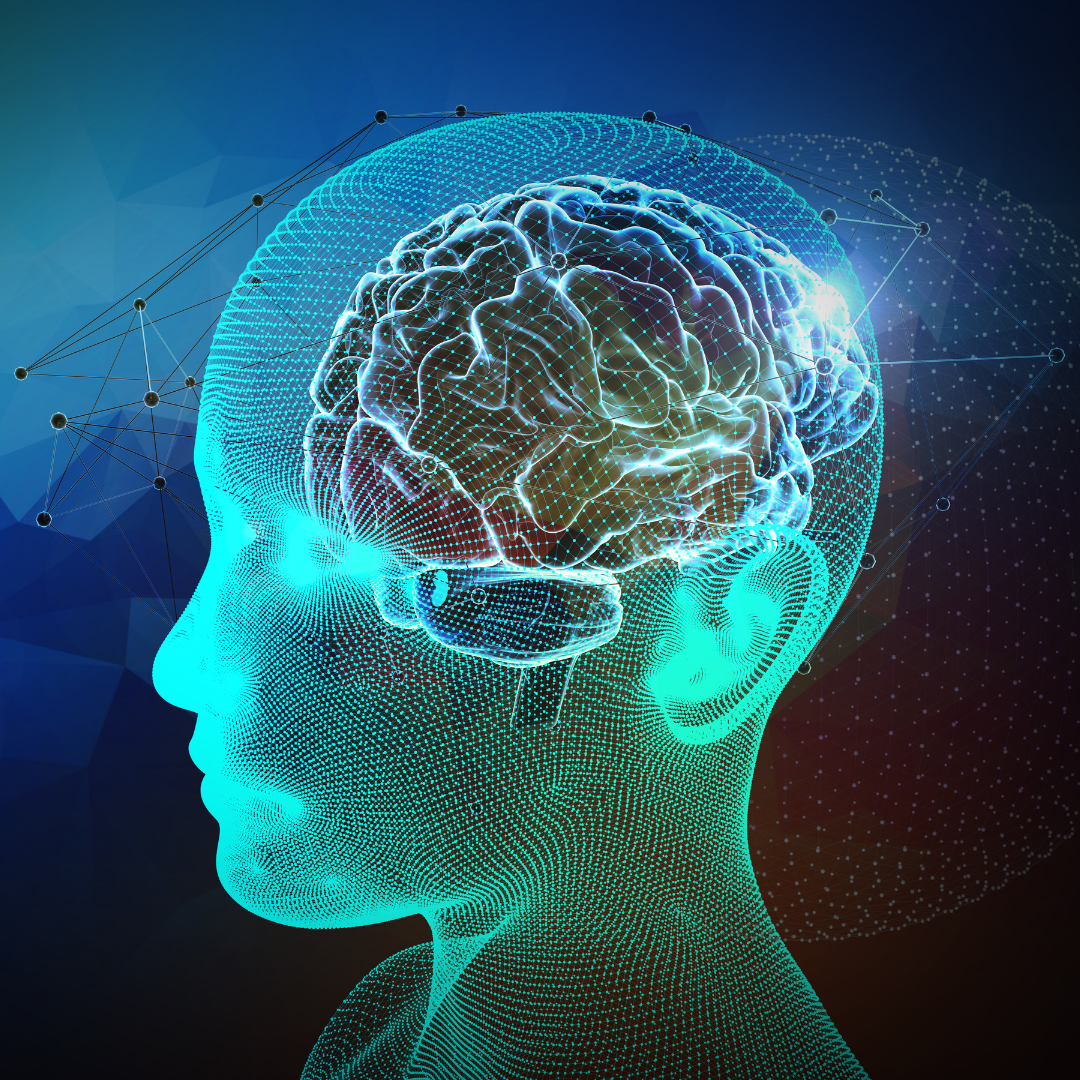
Neuroscience research has changed the way marketers communicate their products and services. Instead of relying on traditional, passive research such as focus groups and surveys, neuroscience allows marketers (and researchers) to see participants’ brain activity. This real-time data gives researchers a more objective view of how consumers actually think and feel, giving marketers a better understanding of consumer attitudes and motivations. Additionally, these insights can be used to improve target advertising and communications.
What Is Neuroscience?
Neuroscientists have identified that the brain is composed of multiple interconnected networks. The prefrontal cortex (PFC) is the center of decision-making, while the limbic system is the center of emotional triggers. These networks work together to prompt actions, and by understanding which network is prompting action, neuroscientists can better understand consumer behavior. The PFC has control over executive functions such as attention, memory, planning, and decision-making, while the amygdala is responsible for emotions. The PFC and the limbic system each influence the other, so understanding which network is in control is critical to understanding consumer behavior.
The Following Are the Classification Criteria for the Currently Used Consumer Neuroscience Tools
Consumer neuroscience tools are designed to assess consumers of various products and services. However, the classification criteria for the currently used consumer neuroscience tools are not uniform, and the measures used to assess consumer neuroscience tools are not consistent. Consequently, the usability and effectiveness of consumer neuroscience tools have not been fully investigated.
- Neurophysiological
Functional MRI imaging, which detects changes in blood flow to measure brain activity, is one of the ways scientists can look at the changes in brain activity during meditation. Functional MRI imaging is a non-invasive test that measures brain activity by using a magnetic field and radio signals to detect changes in blood flow in the adult brain. It observes blood flow in the brain while the person is at rest, doing a task, or experiencing an emotion. Functional MRI imaging uses a large magnet, radio frequency pulses, and a computer to create images of the brain.
- Physiological
This includes eye-tracking and an Electrocardiogram (ECG to check the rhythm as well as the electrical activity of your heart. The test uses electrical sensors connected to your chest that measure the heart’s electrical activities. Based on your emotions and responses, these activities differ. And this is exactly what marketers tend to measure.
They generally prepare an advertisement, be it for television media or for commercial digital display, and then broadcast it in front of a small audience. Depending on the reaction of the audience, which is noted through ECG and similar scales, the effectiveness of the ad is measured. You could be interested to learn that our heart, normally, is divided into four distinct areas. For an ECG, the flat area normally represents the right ventricle, and the peak area represents the left ventricle.
- Behavioral
Consumer neuroscience tools (CNS) are tools and methods for understanding consumer motivations and behaviors. These tools rely on consumer interviews and surveys conducted by trained observers (the researchers who collect the data). In their nature, CNS seems to resemble customer journey orchestration platforms that tend to enable marketers to anticipate individual needs through real-time insight.
However, compared to consumer journey orchestration platforms, neuromarketing is a relatively new research discipline focusing on how brain science impacts purchasing practices. It explores how consumers process information, how emotions interact with memory, and what motivates buying behavior. Neuromarketing is not an exact science but is a science based on good research conducted by experts. However, the results are so helpful that it seems highly likely that top-rated marketing firms such as Venio Online Marketing Service provider, for instance, would delve into it, to make the most out of their marketing campaigns.
Neuroscience is changing how businesses market their products and is helping marketers achieve greater insights into consumers – including behaviors, preferences, and motivations.
Marketing research professionals have various brain-based tools and techniques that they can leverage to increase the impact of marketing programs. There’s nothing quite like observing real human neurological responses in order to form an impressive scorpion hvac marketing strategy (and similar others, for that matter). There are, apparently, only a few better ways of stimulating your customer’s brains than by bringing them joy.
Social research is a powerful, time-tested tool for shaping markets and brands, but researchers must harness the latest neuroscience advances to understand the consumer best. Researchers have developed tools that tap the brain’s natural ability to interpret patterns, especially faces. These techniques allow researchers to collect better, more representative consumer data and make marketing decisions more accurately.
